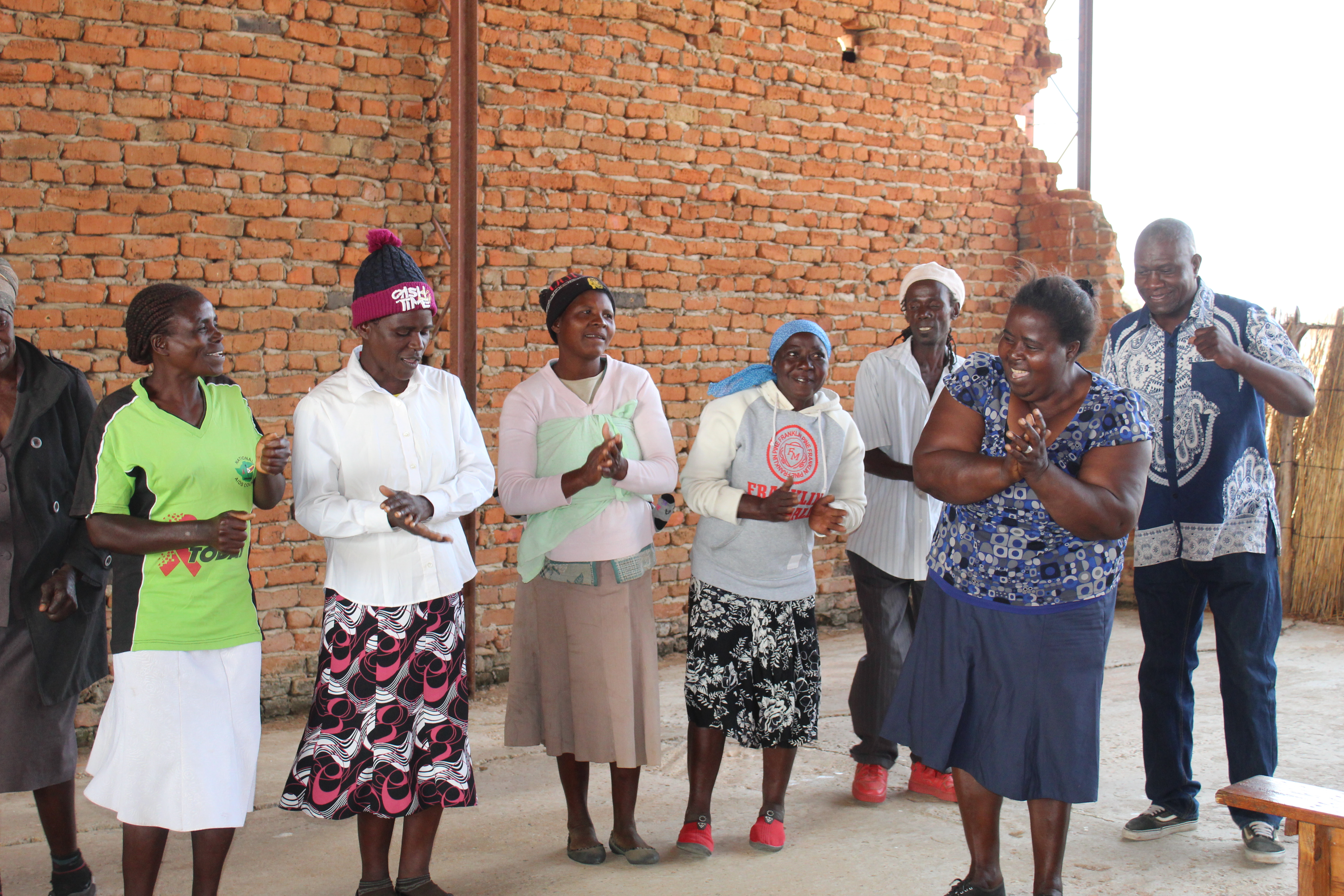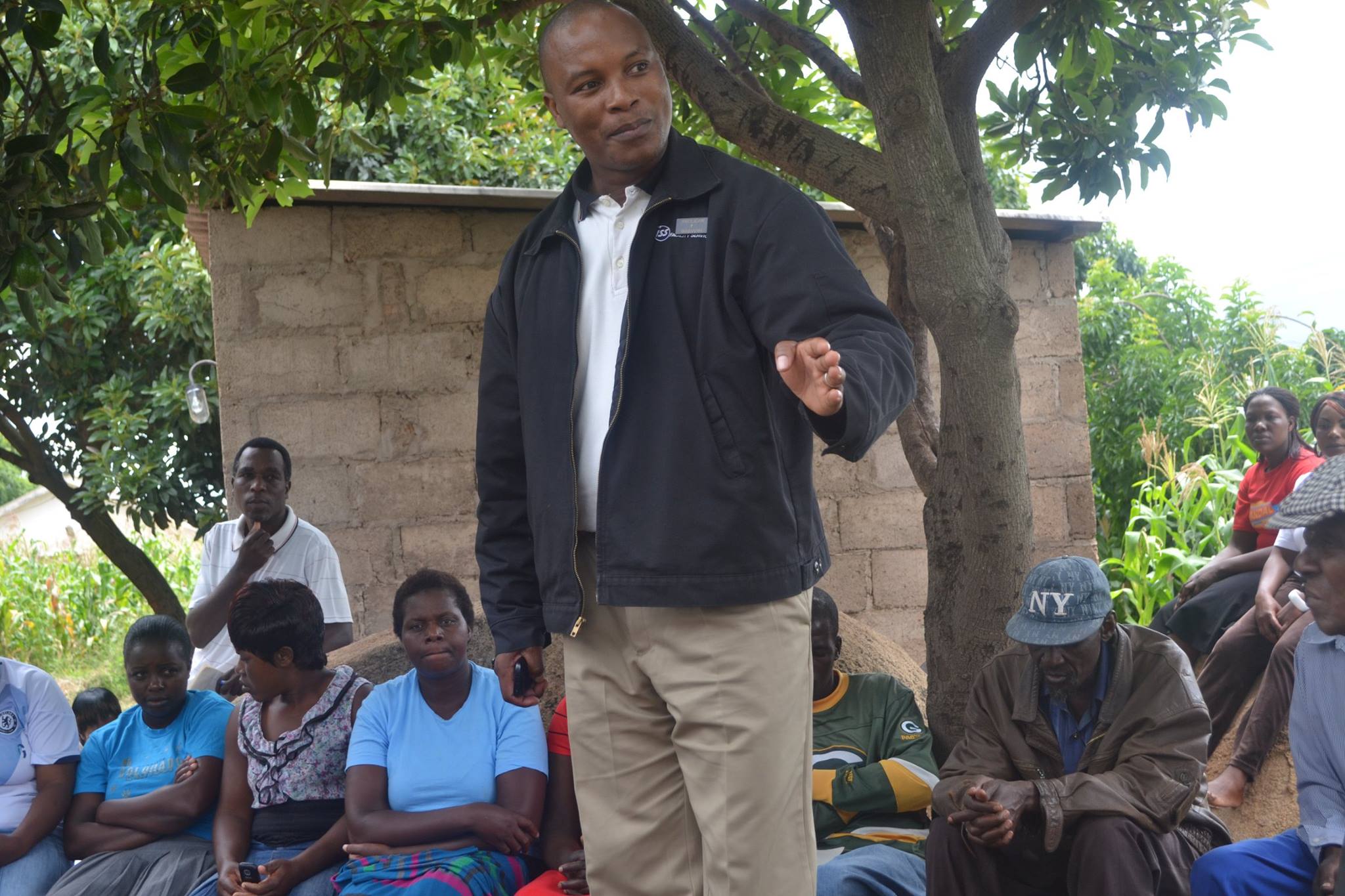People who are living with HIV have praised the Community ART Groups strategy which aims to overcome patient barriers to accessing treatment and to decrease healthcare workers’ workload by encouraging members of the same community to take turns to collect refills for all group members from the health facility.
Speaking to Spiked Online Media, patients from Seke District spoke favourably about the practical benefits of CAGs which include a reduction in the frequency of clinic visits, transportation costs, time savings and an effective strategy to reduce exposure to discriminatory labelling by community members . Additionally they said the peer support they share is an added value as it not only allows sharing of the logistical constraints of drugs refills, but also enhanced emotional support.
Chairperson for the People living with HIV from Taga Farm in Seke District, Violet Nyamandi praised the initiative and said it has given her and her group members confidence and privacy whenever they are looked down upon. She said their CAG comprises 6 females and 2 males which enables them to save money and time as they only go for their clinical visits as individual visits twice a year even if it is not their turn to collect medications.
“We uplift each other because the journey of collecting medication is hectic and expensive, many people are still ashamed of disclosing their statuses to anyone but the CAGs have instilled in us so much confidence,” she said.
Emelia Mukamba echoed the same sentiments.
“CAGs have enabled us to bond with each other as a group because time and again we need to find out if all of us are taking our medication.
“We save a lot of money and energy when we send a representative to collect medication for us and I am forever grateful for this kind of set up,” said Mukamba.
Gogo Virginia Mugunzva (76) who has been living with HIV for the past 19 years said this programme enables community members to give each other emotional support as well encourage each other to take their medicine consistently and to shun defaulting at all times.
“We are happy with this programme as it has allowed us to have unity of purpose. It is very seldom that any of my group members default their medication because we are constantly urging each other to love and take our medicine religiously,’ said Gogo Mugunzva.
The CAGs model was implemented in order to address challenges such as long waiting times in clinics, long distances to the health facilities for patients, staffing shortages and heavy healthcare worker workloads.
At health facilities, all patients receive health education as they wait to see clinicians for routine visits, those willing to join a CAG are screened for eligibility and those who are eligible patients are then referred to community health workers (CHWs) who explain the model in detail.
However, identified barriers to joining a CAG include a lack of information on CAGs, unwillingness to disclose one’s HIV status, change of residence, conflicts among CAG members and HIV-related stigma.
When a CAG is first formed, group members will receive one month’s supply of ARVs. Groups must be monitored to ensure each member collects the ARVs when required, and that there are no conflicts or any issues between members that will affect participation in the CAG. Once the group is stable, they graduate to multi-month dispensing.






